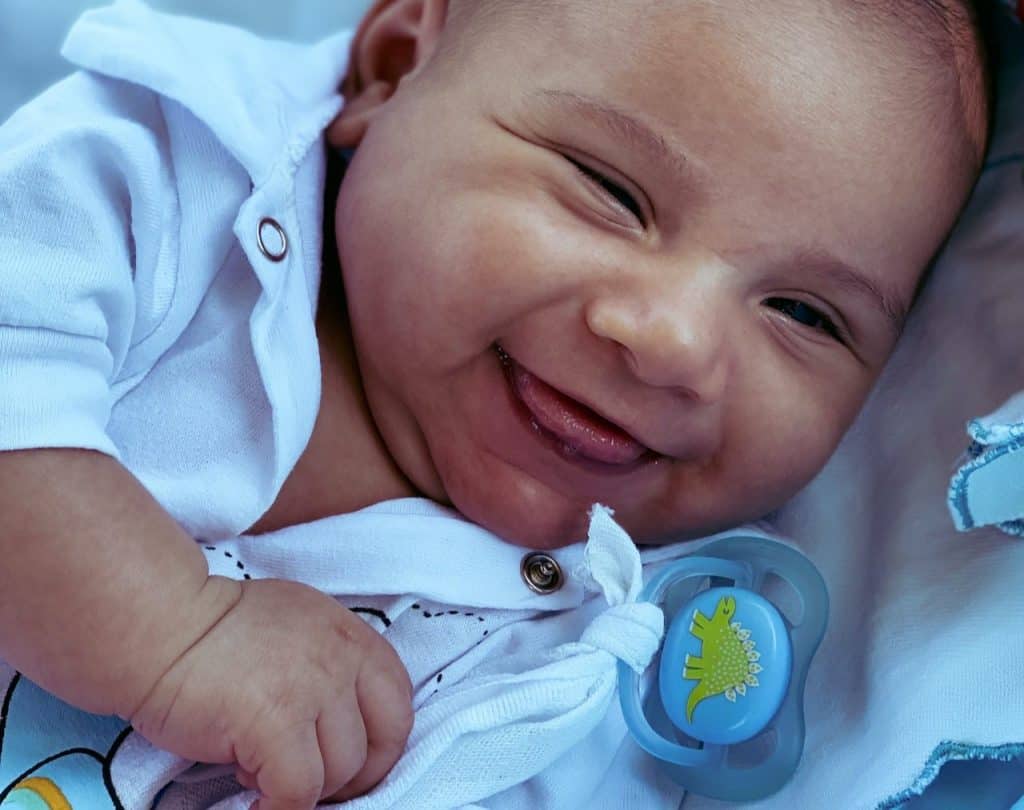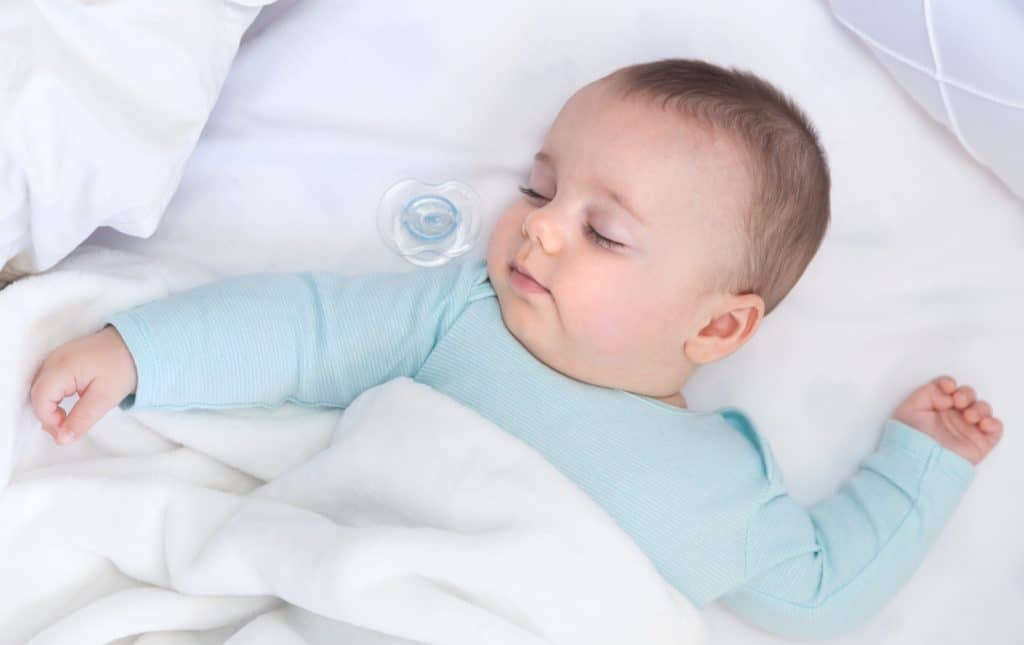Parent or not, most people are at least somewhat familiar with pacifiers and their ability to well, pacify babies. While most babies take to pacifiers very well, some babies might have some difficulty figuring out how to keep one in their mouth and may end up spitting them back out when offered.
Why your baby pushes pacifier out with tongue? A common reason as to why a baby may push their pacifier out with their tongue is an overactive tongue-thrust reflex. Babies with low oral muscle tone or coordination may have difficulty keeping a pacifier in their mouth as well. Other times, your baby may spit their pacifier out simply because they are not in the mood for it.
Having your baby be unable or unwilling to take one can create a frustrating situation for parents. This article will serve as a troubleshooting guide that will hopefully help you find ways to help your baby keep their pacifier in their mouth.
Possible Reasons Why Your Baby Pushes Pacifier Out With Tongue
Mood and Preference

Babies are less likely to accept a pacifier if they are upset, fussy, or crying. Waiting until your baby is calm and relaxed to offer a pacifier will decrease the chances that they will push it back out with their tongue.
A hungry baby will not appreciate a pacifier that does not give them anything to eat no matter how hard they suck. Giving your baby a pacifier after they have been nursed means that they will no longer be looking for food and will be more likely to engage in non-nutritive sucking.
During play or tummy time, babies may become too engrossed in their activities to want to suck on a pacifier. If this is the case, do not force them to take the pacifier, but keep one within their reach in their play area or attached to a pacifier clip in case they change their mind.
Some babies may outgrow pacifiers on their own earlier than other babies. If your baby has been consistently rejecting pacifiers for no apparent reason, It might be because they have outgrown using one. This is nothing to worry about – your baby will fare just fine without it.
Low Muscle Tone
When a baby nurses from a breast or a bottle, they use the muscles of their lips, tongue, jaw, and palate to create a vacuum that draws milk out and into their mouth. This is the same kind of vacuum that sucking on a pacifier creates.
Certain congenital conditions such as cerebral palsy and down syndrome can cause babies to have low oral muscle tone which interferes with their ability to suck on a pacifier. This can make it appear as if they are intentionally pushing the pacifier out with their tongue.
Conditions that cause difficulty in the motor planning and coordination of the oral muscles used in voluntary movement is known as oral apraxia. The simultaneous coordination of sucking, swallowing, and breathing needed for pacifier use may be difficult for babies with oral apraxia.
A pediatric feeding therapist or speech language pathologist specializing in early intervention can help you work on strengthening your baby’s muscles for pacifier sucking, nursing, and feeding.
Tongue Thrust Reflex

Babies are born with a protective reflex known as a tongue-thrust or extrusion reflex. When a foreign object other than a breast or a bottle nipple enters a baby’s mouth, their tongue automatically pushes it back out as a safeguard against swallowing or choking on the object.
This reflex also assists in nursing, as their tongue thrusts forward and creates a trough that helps move milk backwards through their mouth and throat. It also assists in creating a deep latch for comfortable breastfeeding.
This reflex gets weaker with age and usually disappears between 4 and 6 months of age, as a baby gets closer to solid food readiness.
Pacifiers may activate the tongue thrust reflex activates as babies may become confused as to why you are offering them a piece of silicone that doesn’t give them milk or taste like their food to suck on.
Dipping the pacifier in breastmilk or formula first may inhibit the reflex and make them more interested in keeping it in their mouth. Pacifiers should never be dipped in honey or syrup. Mesh feeders should not be filled with anything other than breastmilk or formula until your baby is at least 6 months old.
Pacifier Size and Style
Pacifiers are one the many items that are well-known to be in every new parent’s arsenal. They are often gifted at baby showers and stocked up on well before a baby’s arrival. As with many other things however, babies have their own pacifier preferences that may not match their parents’.
A pacifier that is too long may hit the back of your babies mouth and trigger their gag reflex, causing them to push it back out with their tongue. A pacifier that is too short may not provide your child with enough oral stimulus, making it boring and unappealing.
Traditional rounded nipples are better for breastfed babies as they mimic the shape of a human nipple and decrease the chances of nipple confusion. Orthodontic nipples may be flattened on one or both sides to help prevent malocclusion as baby teeth come in.
Babies may prefer the feeling of one pacifier shape over the other. You can try offering round and orthodontic nipples to see which one your baby takes better.
The mouth shield or guard that sits outside your baby’s mouth also comes in different styles. Some mouth shields may feel uncomfortable as they may dig into your baby’s lips and nose and make them push it out with their tongue or spit it out.
A butterfly- or cherry-shaped mouth shield has a cut-out that leaves more room for your baby’s nose. Some pacifiers that are designed for sensitive skin have an open mouth shield that increases air circulation and decreases the amount of contact the pacifier makes with your baby’s skin.
Experiment with different pacifier nipple styles and lengths, mouth shield shapes, materials, and weights to see what your baby prefers. Some babies can be incredibly picky and only take to one specific pacifier, while other babies will accept whatever pacifier is given to them.
